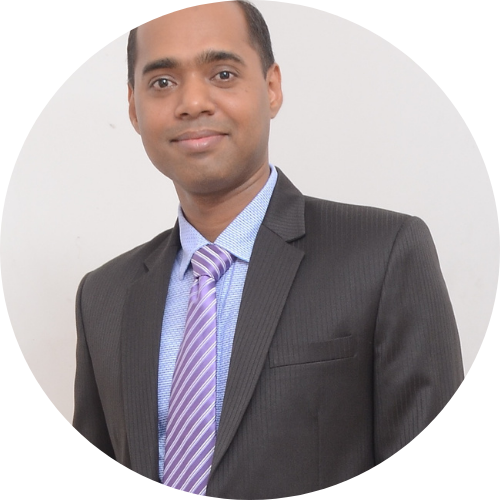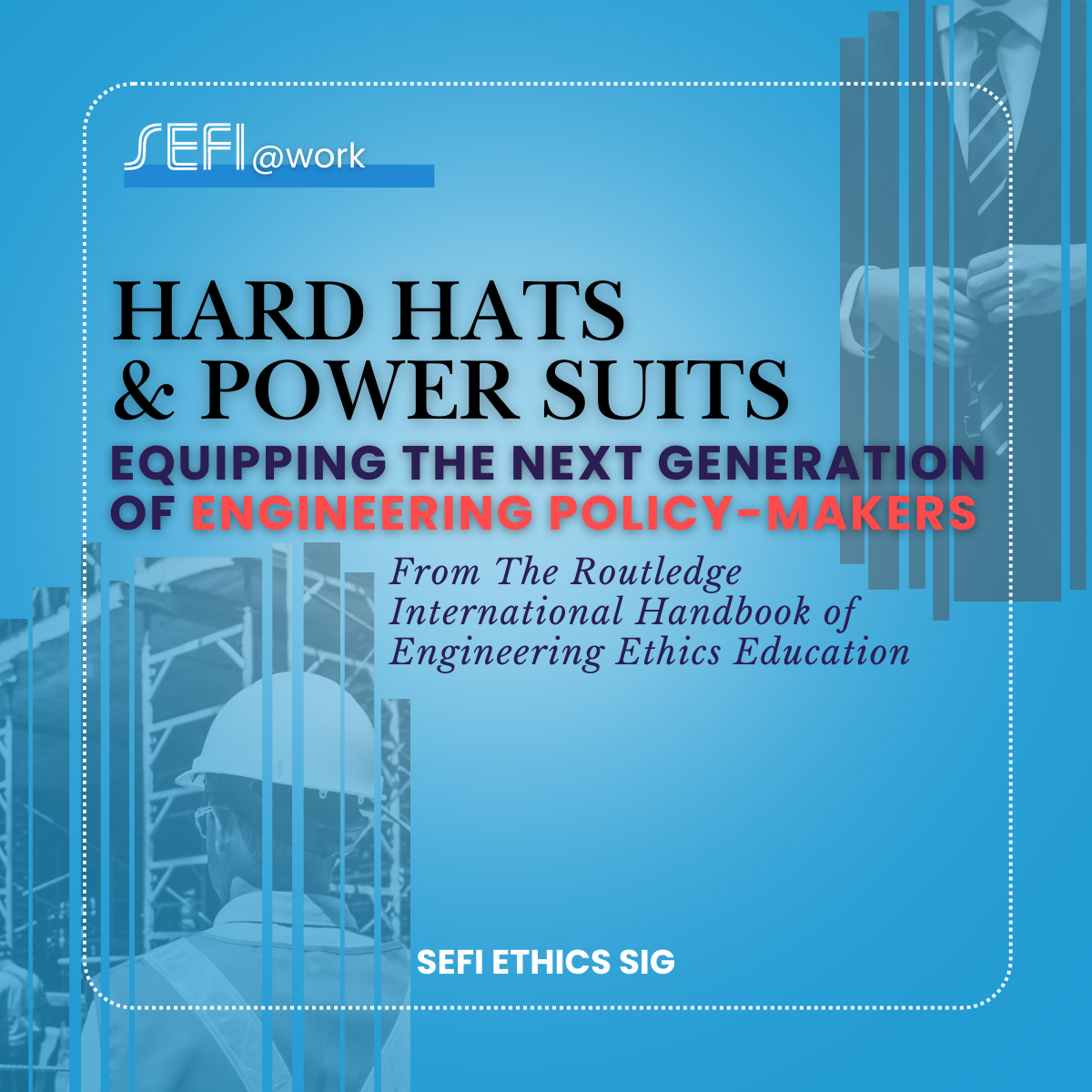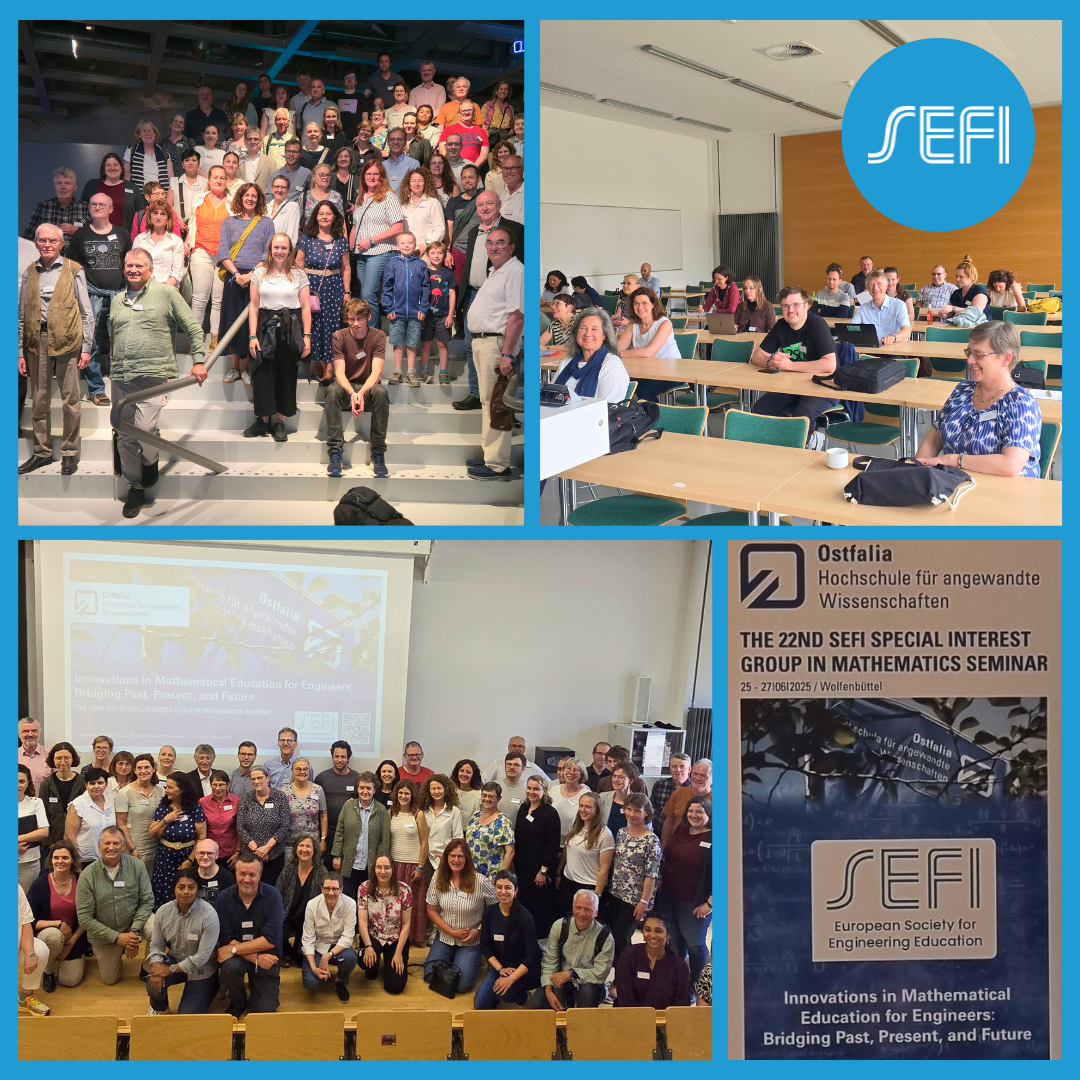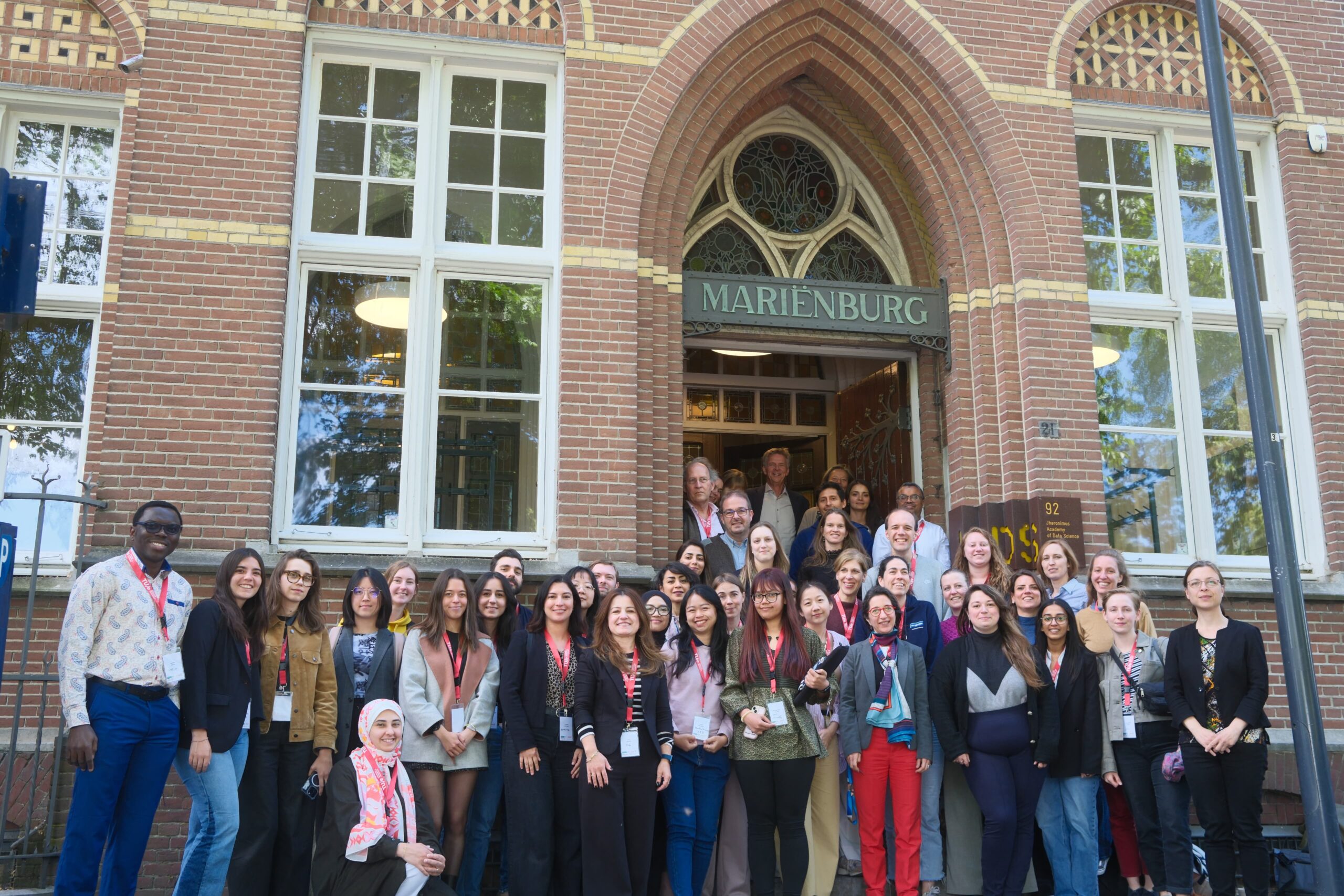By Tom Børsen, Associate Professor, Aalborg University How can we prepare engineering students not only…
Satya Sundar Sethy, Associate Professor of Philosophy, Indian Institute of Technology Madras, Chennai, India. Email: satyasundar20012001@gmail.com

In India, Engineering Ethics (hereafter, EE) education is getting more popular day by day. The AICTE (All India Council for Technical Education), a regulatory body, does not have the strict guidelines to integrate an EE course into the engineering curriculum. As a consequence, some of the premier and internationally recognised engineering institutions (e.g., the Indian Institute of Technology (IIT)) offer this course as a compulsory course, and a few engineering institutions offer it as an elective course to their students. The objectives of this course are to assist students in developing their professional behaviour and ethical decision-making abilities in the engineering profession. Furthermore, guide them to think critically about their work beyond engineering disciplinary knowledge and prepare them to act professionally in their future career. In short, this course assists students in understanding their ethical, social, and professional responsibilities towards society.
In India, to get admission in IITs, students need to clear the Joint Entrance Examination (JEE) Main (Stage-1) and Advanced (Stage-2). Those who earn a high score in the JEE-Advanced get a seat in the engineering departments of IITs, depending on their merit list. Thus, in IITs, students from all parts of India and a few from neighbouring countries take admission every year for their engineering studies.
We, at IIT Madras, offer EE courses to students every semester, twice a year. It is an independent and compulsory course, part of the engineering curriculum. Nearly 450 students register for this course each semester. In considering the heterogeneous department students, their future engineering careers, and to achieve the objectives of the course, the course curriculum encompasses the following topics: ethical theories, national and international case studies (but not limited to engineering disasters only), and contemporary socio-politico-economic problems that engineers encounter in their workplace. The course deals with two categories of ethical concepts: Micro-ethics and macro-ethics. Concerning micro-ethics, the course teachers discuss issues related to individual engineers, managers, employers and their approaches to ethical decision-making ability in various situations. In macro-ethics, the discussion focuses on engineers’ social responsibilities, social artefacts’ design, humane technology innovation, etc. We hope that after learning micro and macro ethical concepts, students will be able to see a tree and understand the forest and the inverse relationship. We practise the ‘Team–Teaching model’, where engineering faculty members from various departments and philosophy faculty members teach this course. We find, ‘Team-Teaching model’ suits the large class. This model is also used in many universities across the globe and is mentioned in the engineering ethics education literature.
At IITMadras, we engage in two-and-a-half-hour classes for the EE course every Tuesday afternoon. We do not use Indian Philosophy contents as such in this course, but discuss a few examples from Vedic and Upanishadic traditions concerning engineering innovations and technological designs that have contributed to the progress and growth of society. We adopt teaching methods, such as lectures, screening of relevant video clips, group discussion, stage presentation, critical examination of case studies, and resolving some of the ethical problems and dilemmas faced by engineers by applying codes of ethics that are enshrined in the Engineering Council of India, NSPE, ASME, IEEE, etc. We integrate personal, emotional, and professional approaches to engage students in the course content learning. We discuss both Indian and foreign engineering case studies, depending on the contents that are planned to discuss and deliver in the class.
For assessment practice, we divide students into small groups and ask them to present two case studies in the classroom by mentioning the ethical issues found in them and how to resolve them by applying the code of ethics. The group presentation is followed by a question-and-answer session, where students get feedback from their peers and the course teachers. Concerning evaluation practice, we ask students to submit a case study pertaining to their own subject and interest, where they must discuss the ethical theories found in it, ethical problems and dilemmas found in it, and how to resolve those by applying an appropriate code of ethics. We consider a student’s ethical decision-making ability one of the other criteria for assigning a score or mark to his/her performance.
This course makes an effort to inform the engineering students that their designed appliances and tools are not considered ‘value-neutral’. The value of an artefact is judged as good when people use it and benefit from it, and bad when a disaster occurs. Thus, engineers, as professionals, are required to understand their moral, social, and professional responsibilities for the design and innovation of artefacts.
We suggest that, similar to the medical and legal professions, there should be an Engineering Council in every country to certify an engineer’s skills, expertise, and knowledge and give him/her a licence to practise engineering. This proposal would make engineers feel like proud professionals and make them responsible for their work.


